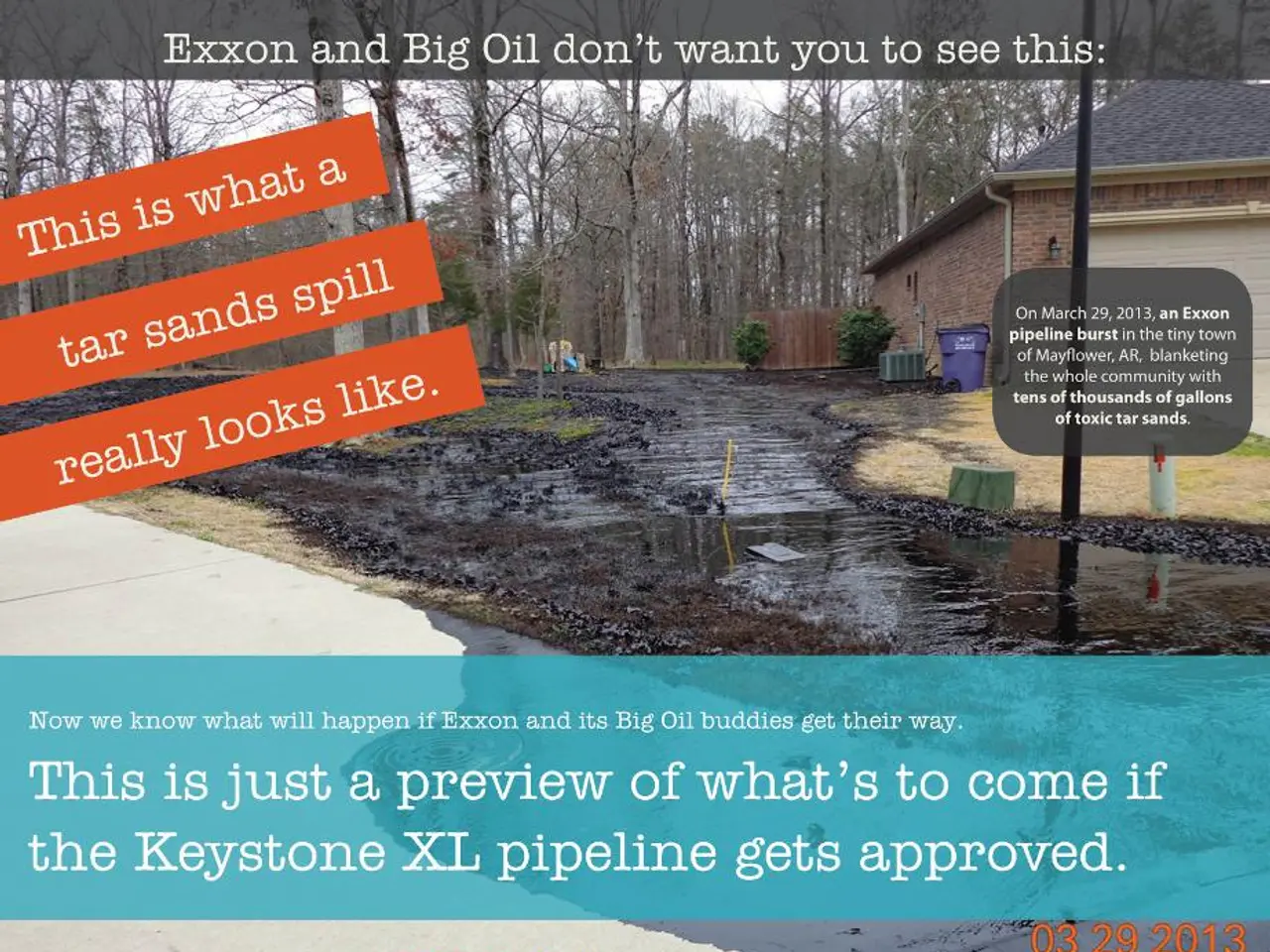Guide to Desert Composting
=====================================================
In the quest to reduce waste and enrich soil, composting remains a popular eco-friendly practice. For those living in challenging climates, maintaining adequate moisture, heat, and aeration can be a challenge. Two top methods for such conditions are hot (aerobic) composting and vermicomposting.
Hot (Aerobic) Composting
This method thrives in adverse climates due to the pile's size, which helps retain heat generated by microbial activity. Decomposition speeds up, and pathogens, as well as weed seeds, are killed. Key steps include layering equal parts nitrogen-rich ("greens") and carbon-rich ("browns") materials with water, covering the pile to conserve moisture and heat, and turning it regularly to aerate and maintain temperature and moisture levels. If managed well, hot composting can produce usable compost quickly, in under 60 days [1][2][3].
Vermicomposting (Worm Composting)
Vermicomposting is an excellent choice for indoor or limited-space systems and can be adapted to control environmental conditions precisely, making it suitable for climates where outdoor composting may be difficult. This method uses worms to convert organic food scraps into nutrient-rich worm castings [1].
Additional Composting Methods
Lasagna (Sheet) Composting is another slow, layered composting approach that uses alternating layers of nitrogen-rich and carbon-rich materials on cardboard bases. It is less labor-intensive and retains moisture well, suitable for slow decomposition in dry or cold conditions, but requires several months for compost to mature [4].
Alternative Composting Systems
The Worm Factory 360 Composter, Hungry Bin - Continuous Flow Worm Composter, and Aeroplus 3-Stage Compost Bin - 21 Cubic Feet are popular composting systems designed for worm composting and hot composting. The Green Cone Solar Waste Digester is a solar waste digester, while the Jora JK125 Composter - 4.5 Cubic Feet is a compact composting solution.
In all composting methods, regular monitoring of moisture and aeration is essential to overcome climate challenges [1][3][4][5]. By choosing the right composting method and system, you can successfully compost in even the most challenging climates.
[1] University of Missouri Extension. (2021). Composting in the Home Garden. https://extension.missouri.edu/publications/G6452
[2] University of Florida IFAS Extension. (2021). Composting at Home. https://edis.ifas.ufl.edu/pdffiles/UW/UW03600.pdf
[3] University of California Agriculture and Natural Resources. (2021). Composting at Home. https://anrcatalog.ucanr.edu/pdf/8002.pdf
[4] National Gardening Association. (2021). Lasagna Gardening. https://www.gardenguides.com/101275-lasagna-gardening.html
[5] Cornell Waste Management Institute. (2021). Composting Basics. https://cornellwaste.cals.cornell.edu/composting/composting-basics/
- For those with limited outdoor space or challenging climates, worm composting, or vermicomposting, is an effective eco-friendly method of gardening to transform organic food scraps into nutrient-rich compost.
- In addition to hot (aerobic) composting and vermicomposting, the Lasagna (Sheet) Composting method is suitable for slow decomposition in dry or cold conditions, making it a viable lifestyle choice for those facing challenging climates in their home-and-garden pursuits.




